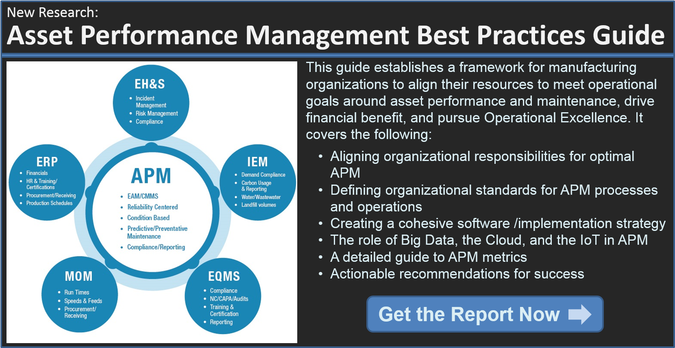Information technologies and operational technologies are converging and driving business value like never before, driving toward the Connected Enterprise--the concept of equipment, processes, and workers connected via smart technology from the shop floor to the top floor. As Ryan Cahalane at Rockwell Automation writes in a recent Plant Services piece, one of the fundamental shifts that Smart Connected Operations is bringing about is in how data is viewed and used for information.
The traditional software model--define-and-dictate--where the system architecture was preprogrammed with specific definitions that defined what users could and couldn't do, is giving way to a more open, lean, and modular system, allowing a flexibility that empowers all levels of employees to define and track performance that's most relevant to change as needed. Join the discussion on how the Connected Enterprise is helping manufacturers maximize their existing system and equipment while planning for down-the-road investments. Full story...
Data and consulting company IHS, Inc. purchased a small car shopping data anlaytics company earlier this week called Dataium. Founded in 2009, the Dataium tracks the shopping behavior on dealer and carmaker websites to direct and measure the performance of ad and marketing campaigns, and is able to anonymously track approximately 20 million auto shoppers per month to determine the effectiveness of advertising and offer insights for adjustments that might improve sales. The move complements a 2013 IHS purchase of R.L. Polk & Co., a large provider of vehicle pruchase data, and is another example of a company deriving additional intelligence from increased data analytics capabilities. IHS VP Steve Had said the purchase would allow customers "better decisions regarding audiences, campaign effectiveness and efficiency, cross-shopping and messaging." Full announcement at Automotive News...
In the latest of what seems like a recent flurry of Internet of Things (IoT) market activity, IBM made ripples this week by annoucing the pending creation of a new business unit exclusively focused on the Internet of Things -- to the tune of a $3 billion investment.
IBM has already established working partnerships with the Weather Company, and will combine its Cloud computing solution with the Weather Company's data and expertise to alert businesses and individuals of unexpected weather developments. With such wide-ranging effects to businesses and individuals alike, the potential savings in preventive planning, energy costs, evacuation, insurance, and others begins to show the incredibly far reaching effects that IoT could drive. More at Mashable...
When it comes to maintenance, we don't often think of there being "too much of a good thing," but as principal analyst Dan Miklovic says in a blog post earlier this week, the results of maintaining equipment too frequently can often be counterintuitive. More maintenance does not always equal more safety/less unplanned downtime. A major objective of Preventive (PM) or Predictive (PdM) maintenance is to prevent failures by performing routine inspections and preventive repairs and increasing the frequency of maintenance activities can actually invite new problems to occur as it introduces the likelihood of:
- Defective replacement parts
- Incorrect procedures or human errors
- Unintended damages or incomplete actions to existing equipment
- A lack of identifiable use-cases where equipment is determined to operate best
Dan introduces the concept of finding the right maintenance frequency for maximum success, and the importance of elevating the maintenance procedures of critical assets to use condition-based (CBM) and reliability-centered maintenance (RCM) wherever possible to avoid catastrophic error. Full Post...
